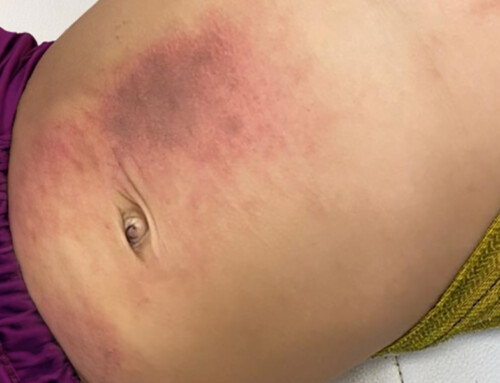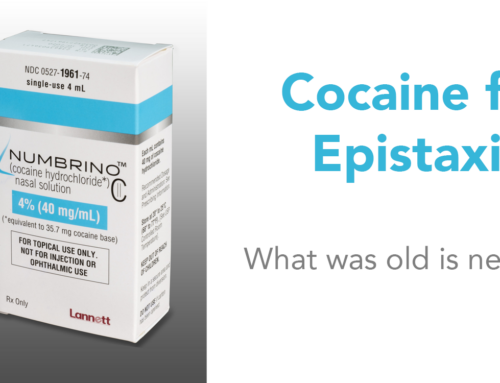
A 45-year-old male presents with right knee pain after he pivoted and felt a “pop” while making a move playing pickup basketball. You obtain knee x-rays and see a lateral irregularity in the AP view (photo courtesy of Dr. Gerry Gardner at Radiopaedia.org).
What is the most likely diagnosis, commonly associated injury, and appropriate management plan?
For more cases like these, you can subscribe to the Ortho EM Pearls email series hosted by Drs. Will Denq, Tabitha Ford, and Megan French, who have kindly shared some of their content with ALiEM.
References:
- Goldman AB, Pavlov H, Rubenstein D. The Segond fracture of the proximal tibia: a small avulsion that reflects major ligamentous damage. AJR Am J Roentgenol. 1988;151(6):1163-1167. PMID: 3263770
- Huang GS, Yu JS, Munshi M et-al. Avulsion fracture of the head of the fibula (the “arcuate” sign): MR imaging findings predictive of injuries to the posterolateral ligaments and posterior cruciate ligament. Am J Roentgenol. 2003;180(2):381-387. PMID: 12540438
- Gottsegen CJ, Eyer BA, White EA et al. Avulsion fractures of the knee: Imaging findings and clinical significance. Radiographics.2008;28(6):1755-1770. PMID: 18936034
- Roberts CC, Towers JD, Spangehl MJ et-al. Advanced MR imaging of the cruciate ligaments. Radiol. Clin. North Am. 2007;45(6):1003-16, vi-vii. PMID: 17981180






